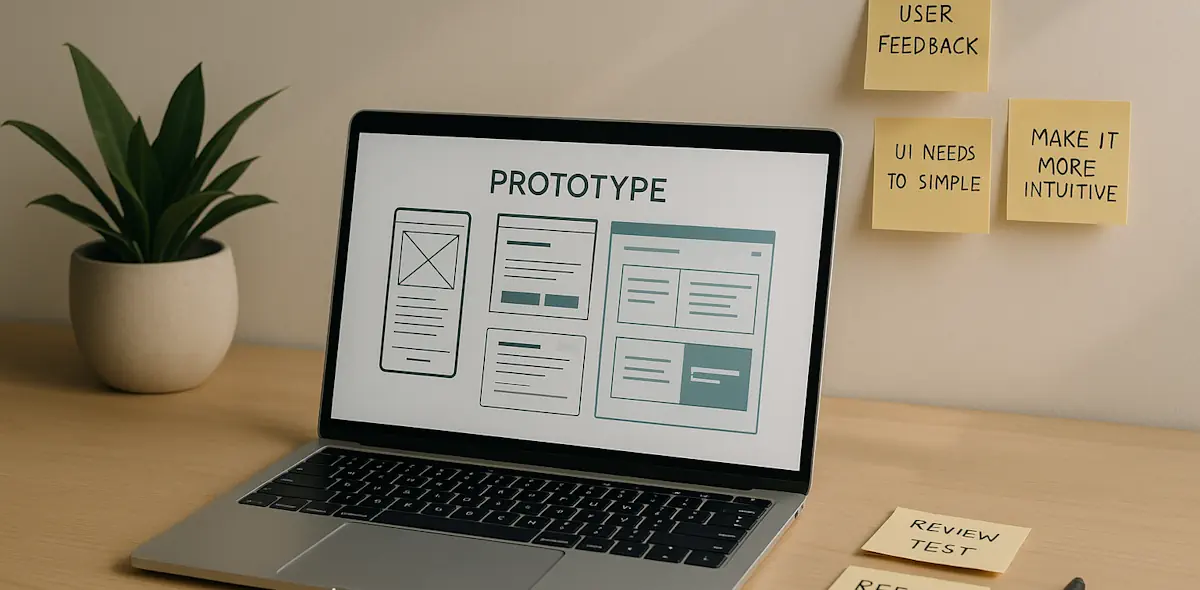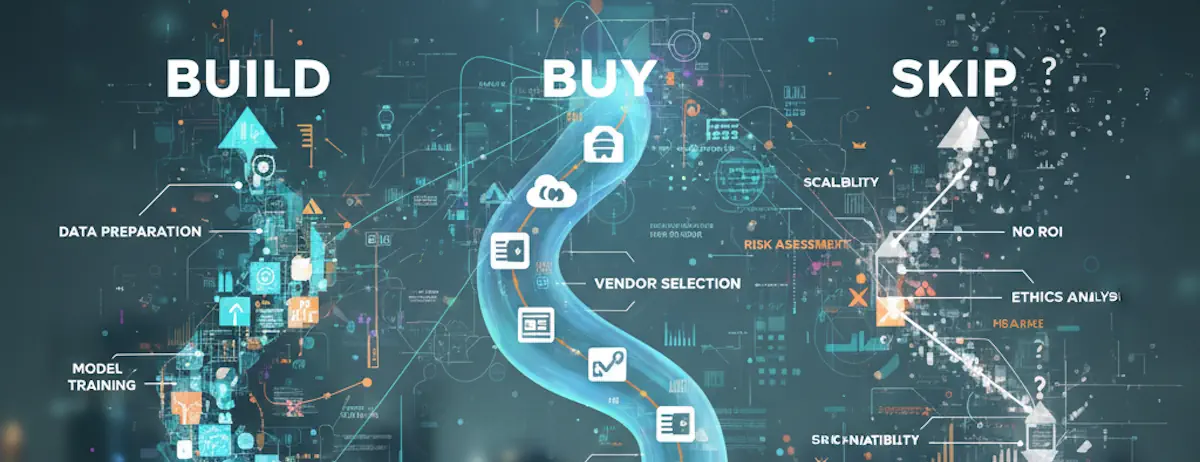Three Minutes with a Customer
Why brief customer conversations reveal more than months of roadmap meetings

Imagine being tasked with migrating a cohort of users into a new product portfolio. Sounds straightforward—match feature capabilities, ensure onboarding and migration capabilities, and win. After three years of resistance, low adoption, and user complaints, everyone assumed it was a change management problem.
Then someone finally spent three minutes talking to the actual users.
The issue wasn’t the new tools. It wasn’t training. It wasn’t change resistance. After 10, 20, even 30 years doing their jobs, these users had developed bespoke workflows perfectly tuned to their needs. The new “improved” system was trying to force square pegs into round holes—it missed the nuance of individual requirements because no one had asked.
Three minutes of conversation revealed what three years of internal debate had missed.
The Leadership Distance Problem
Most senior leaders aren’t avoiding customer contact deliberately. They lack organizational support to make it happen consistently. Research shows that 82% of customer success teams have in-person meetings with customers, and these companies consistently show better business outcomes than those relying solely on reports and dashboards.
Yet many product leaders spend countless hours in roadmap meetings while remaining completely removed from the humans who actually use their products. The higher you climb organizationally, the more layers of interpretation sit between you and customer reality.
Product Complexity and Customer Contact
Customer contact isn’t one-size-fits-all. High-touch models work best for complex, customizable products requiring ongoing support, while low-touch approaches suit straightforward, self-service products. But regardless of your product’s complexity, leadership needs direct customer exposure.
Customer Contact by Product Type
High-Touch Products
Quarterly customer conversations, annual user conferences
Low-Touch Products
Weekly support observation, monthly user testing sessions
For enterprise products with annual contracts, quarterly customer conversations might suffice. For daily-use consumer products, weekly exposure to support channels provides necessary pulse checks. The frequency matters less than the directness—unfiltered access to how customers actually experience your product.
What to Listen For
In those brief customer conversations, listen for the gap between what you built and how they actually work.
Workflow workarounds. When customers say “we’ve figured out a way to…” they’re telling you your product doesn’t match their mental model. These aren’t feature requests—they’re signs of fundamental experience misalignment.
Language differences. Notice when customers use different words for the same concepts. If they call it “batch processing” and you call it “bulk operations,” that vocabulary gap reveals deeper understanding disconnects.
Emotional signals. Pay attention to frustration, delight, confusion, or resignation in their voice. These emotions show which parts of your product create friction versus flow in their daily work.
The Three-Question Customer Framework
Reveals their actual workflow, not your intended one
Shows context you can't see from usage analytics
Uncovers downstream impacts and integrations
Making It Happen
Don’t leave customer contact to chance. Build it into your leadership routine.
Shadow support calls monthly. Spend 30 minutes listening to customer support interactions. You’ll hear problems that never make it to roadmaps and solutions that never occurred to your team.
Join sales discovery calls quarterly. Listen to how prospects describe their current solutions and what they hope your product will do differently. The gap between their expectations and your features reveals your next opportunity. If your product doesn’t have a sales team, shadow your marketing team to understand how they are guiding customer perception.
Attend user research sessions. Not to direct them, but to observe authentic customer reactions to your decisions. Watch where users hesitate, get confused, or light up with understanding.
Research on leadership interaction frequency shows that regular contact between leaders and their teams predicts better outcomes regardless of whether interactions are digital or in-person. Customer conversations work the same way—frequent, brief exposure beats occasional deep dives.
… or better yet, just call (or email) the customer.
“But You Can’t Just Call Customers!”
The most common pushback I hear: “You can’t just call customers directly!”
Sure you can. That’s one of the best parts of the job.
Rich Mironov, veteran product management consultant, puts it bluntly: “Talking directly with authentic end users and buyers is one of the most important things a product manager can do.” His research shows that product managers who regularly interview customers make better product decisions than those relying on secondhand information.
The “you can’t call them” myth comes from organizational fear, not customer reality. One product manager who tracked her customer interactions found that customers were eager to share feedback—they want to tell you what they love and hate about your product. Another study found that product managers who don’t engage with customer feedback at least three times per week lack the deep customer understanding necessary for effective decision-making.
Steve Blank coined “Get Out of the Building” specifically because too many product people stay inside speculating instead of talking to actual users. The customers using your product want to help you make it better. Sales might worry about “unauthorized” customer contact, but here’s the reality: customers can distinguish between a sales call and a product conversation.
Start with existing customers who’ve already bought. Reach out directly. Most will be happy to spend 15 minutes sharing their experience. The worst that happens? They say no. The best that happens? You discover the gap between what you think you built and what they actually experience.
When was the last time you spent three uninterrupted minutes listening to a customer describe their actual experience with your product?








